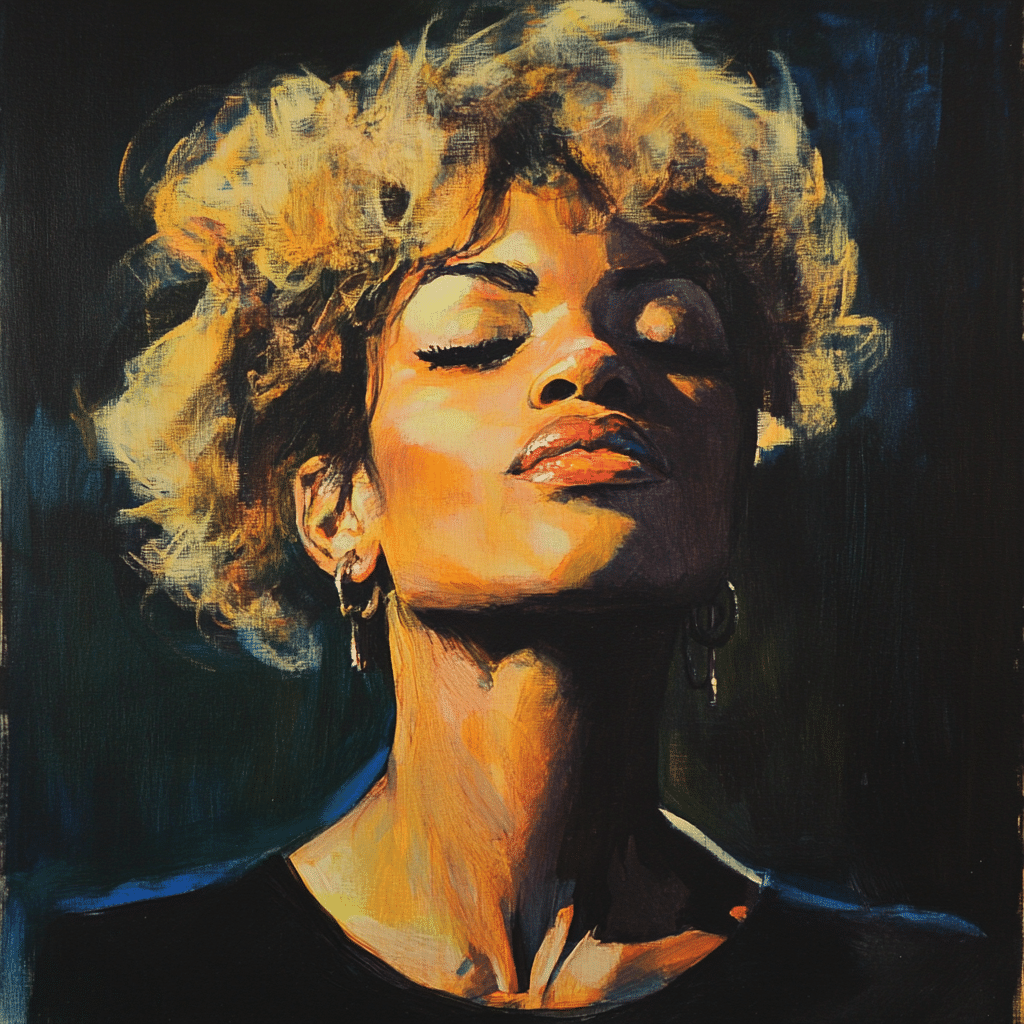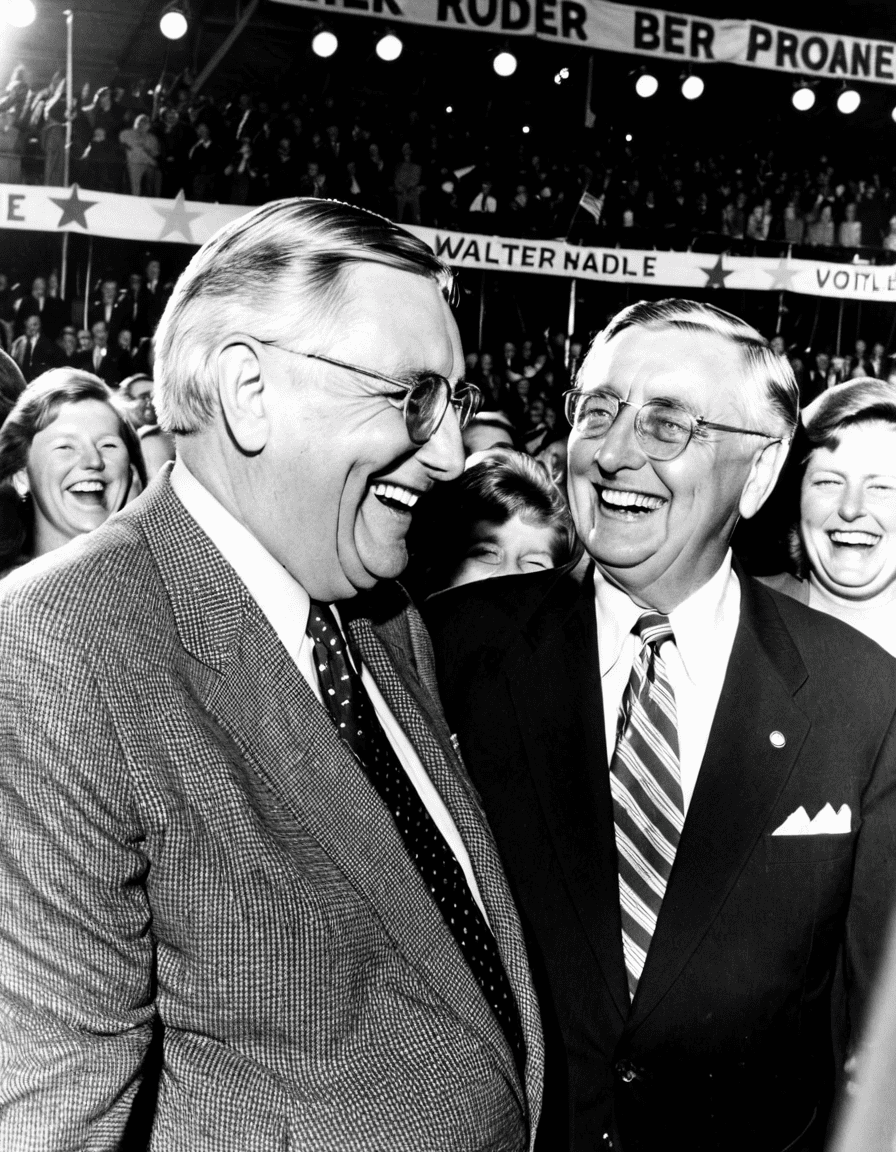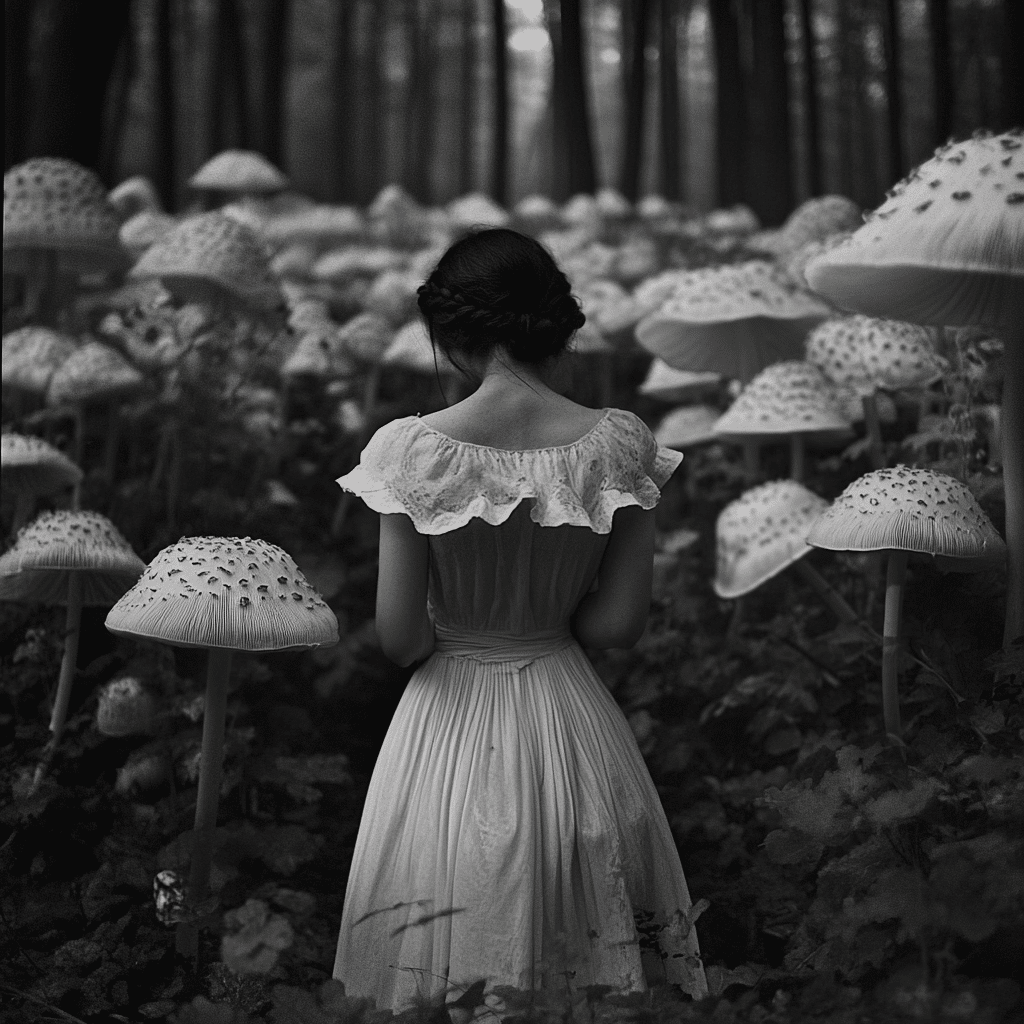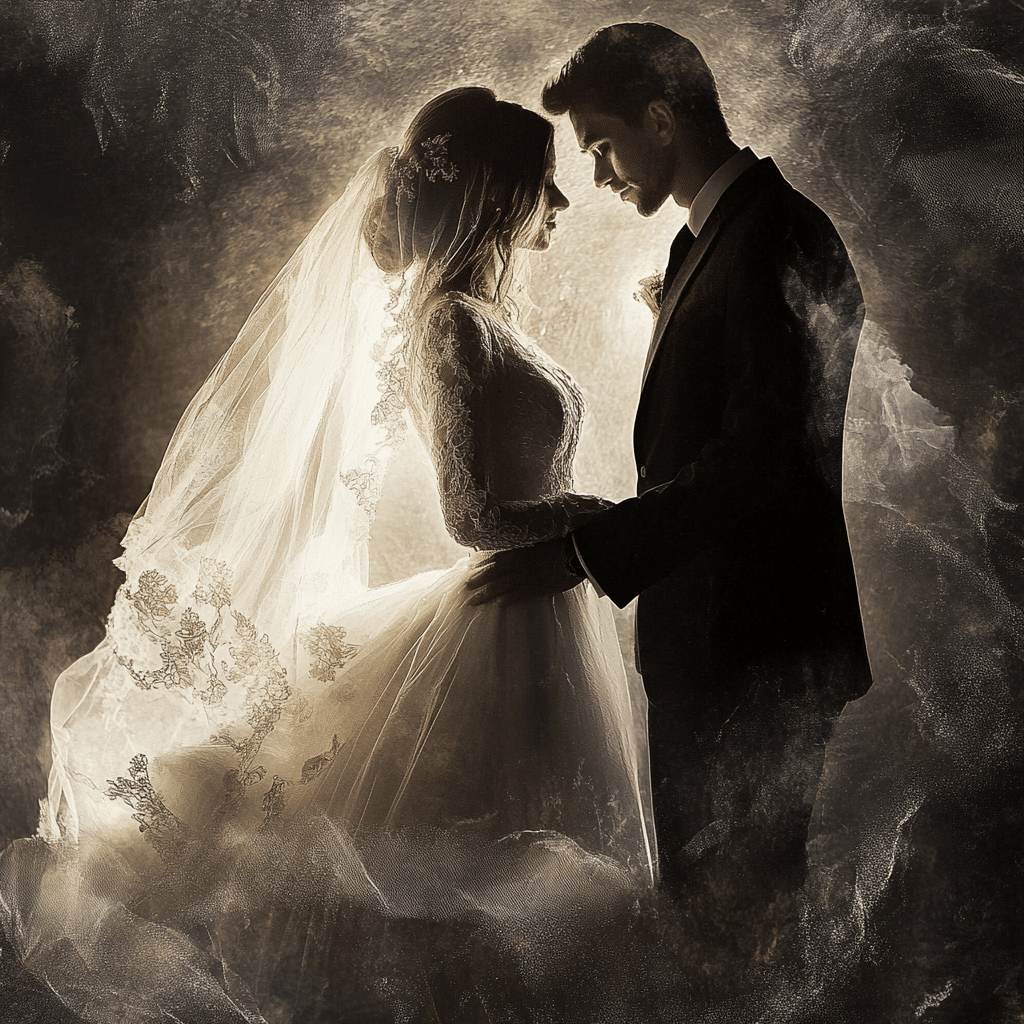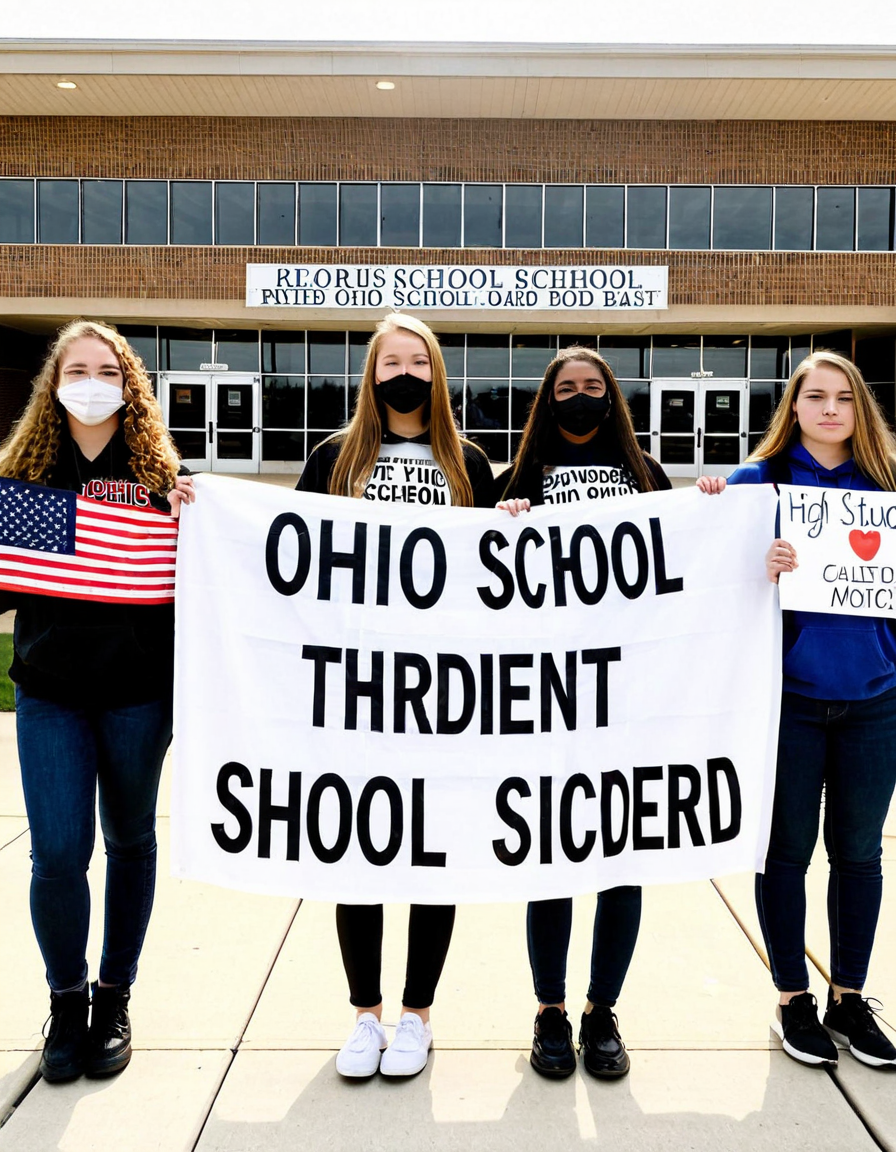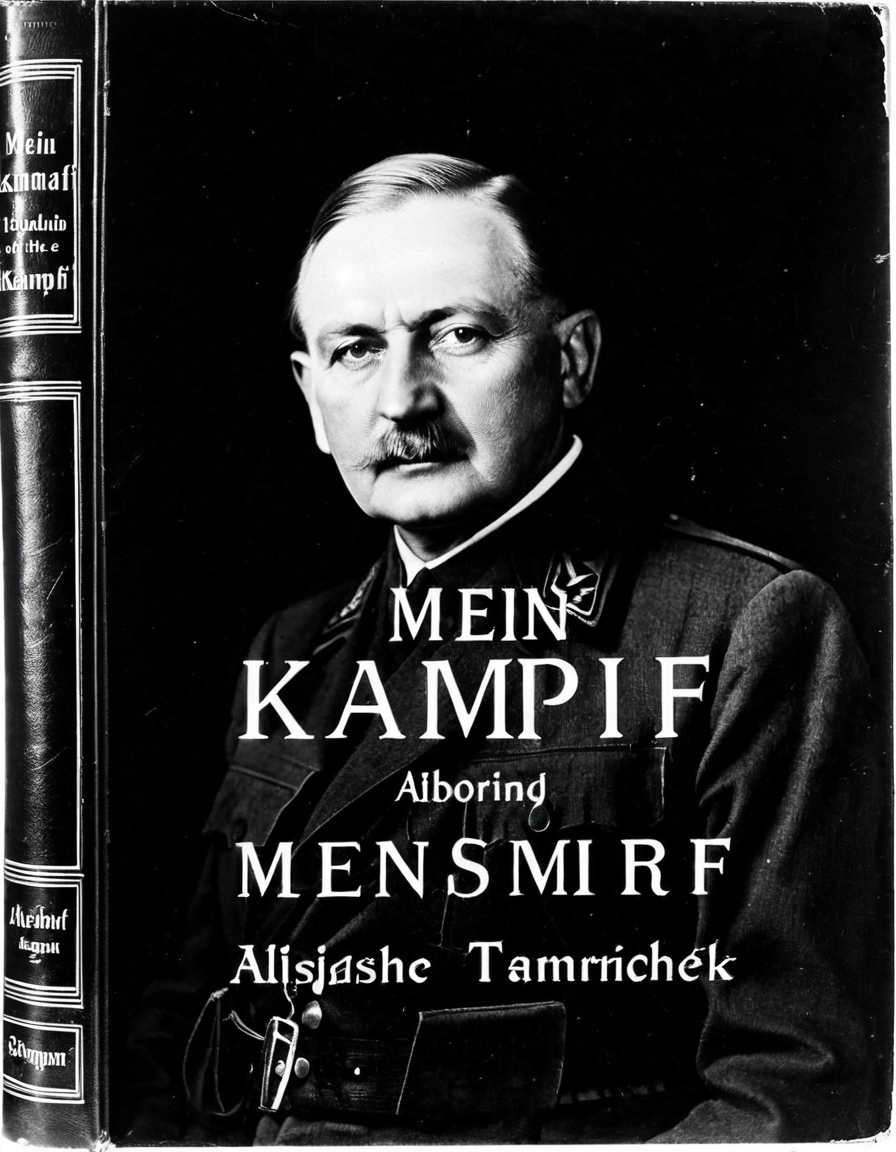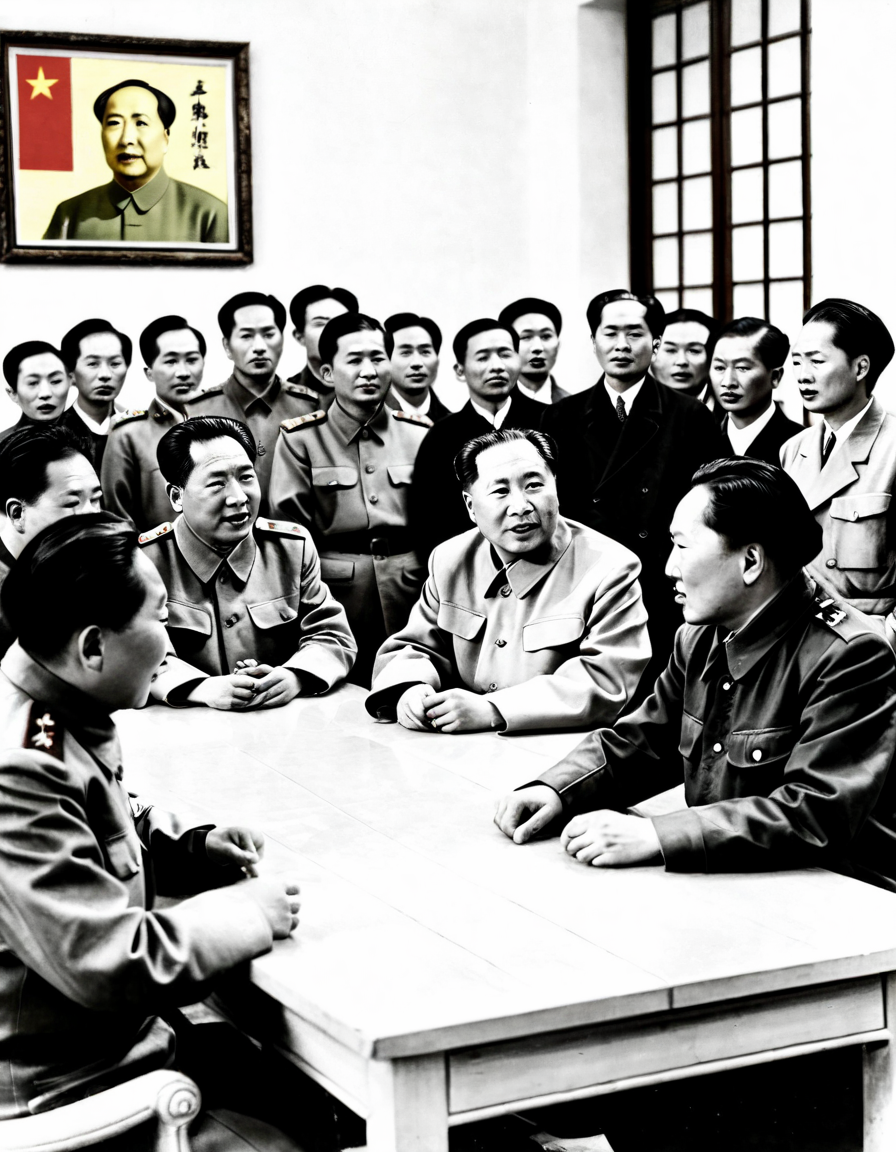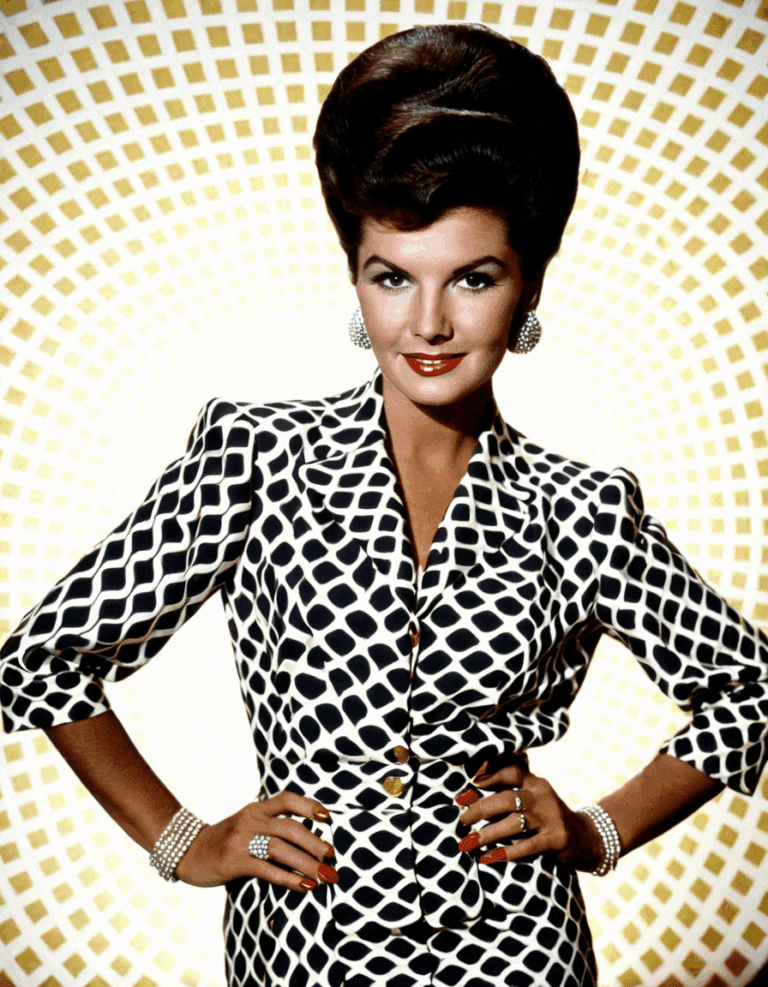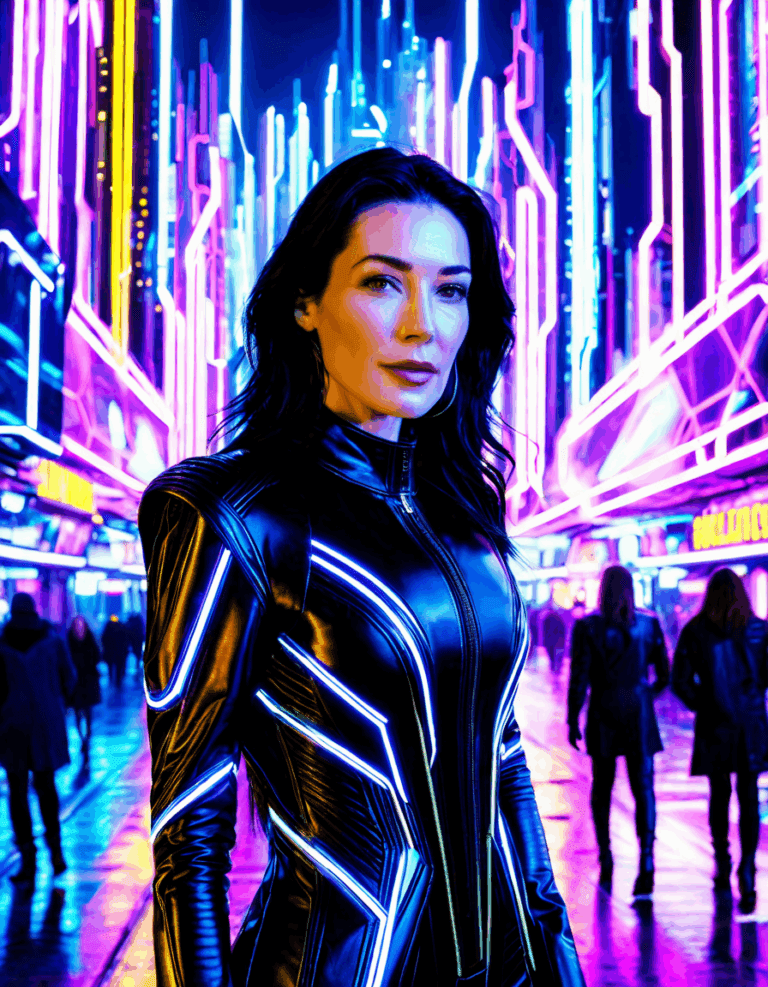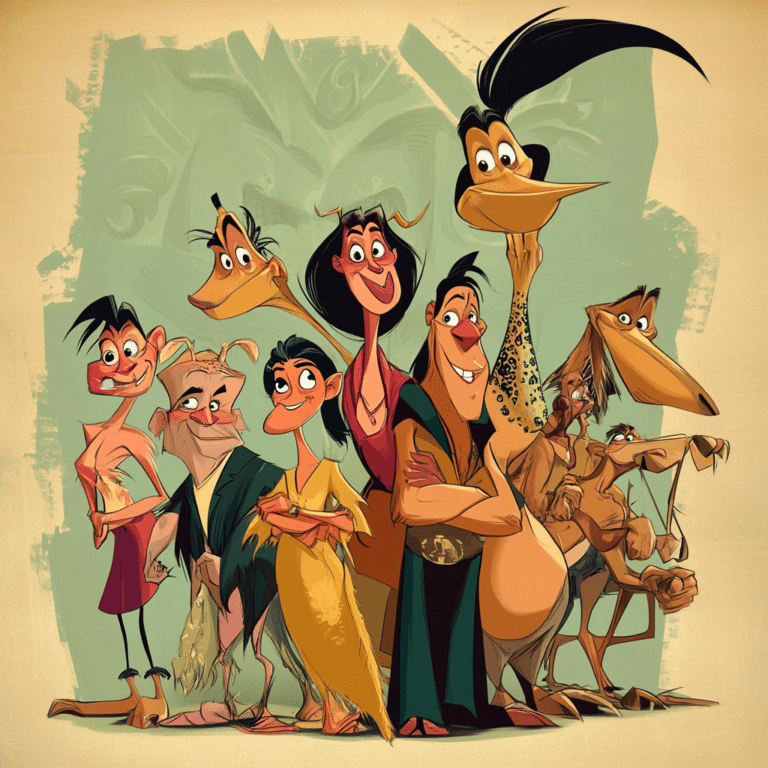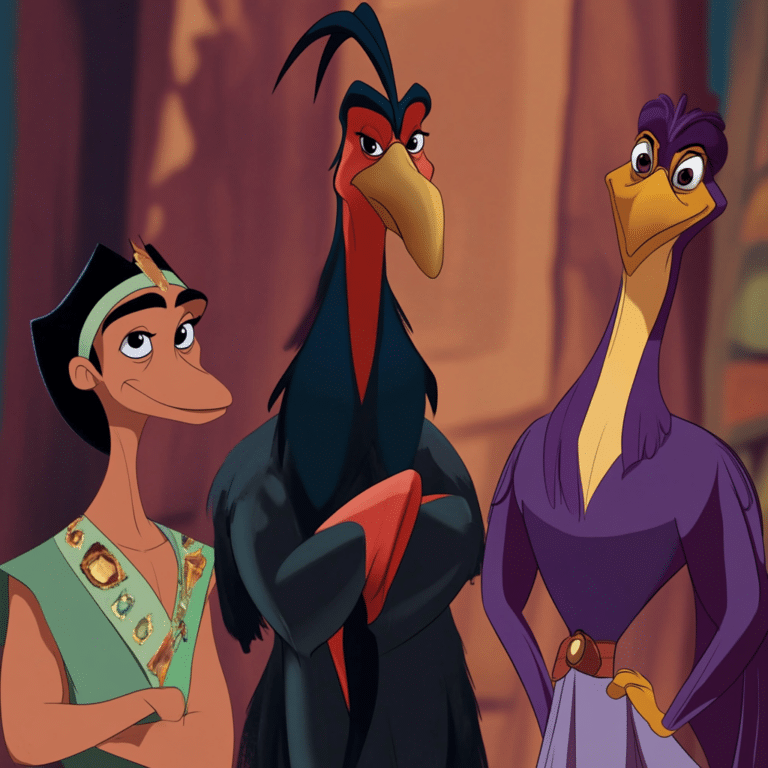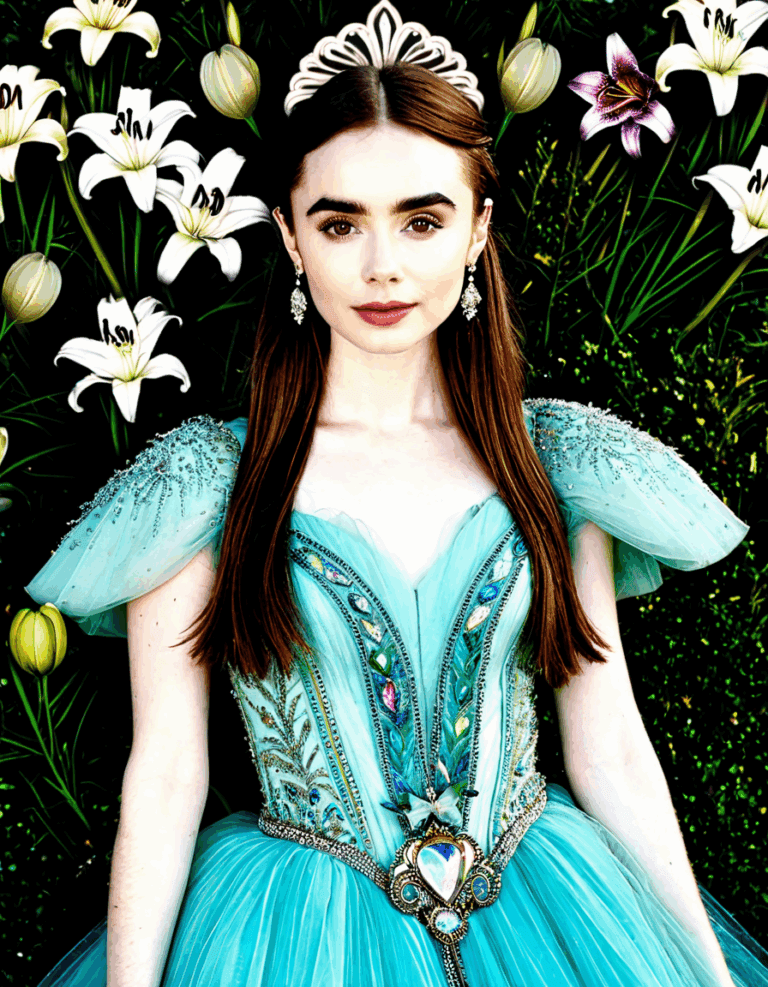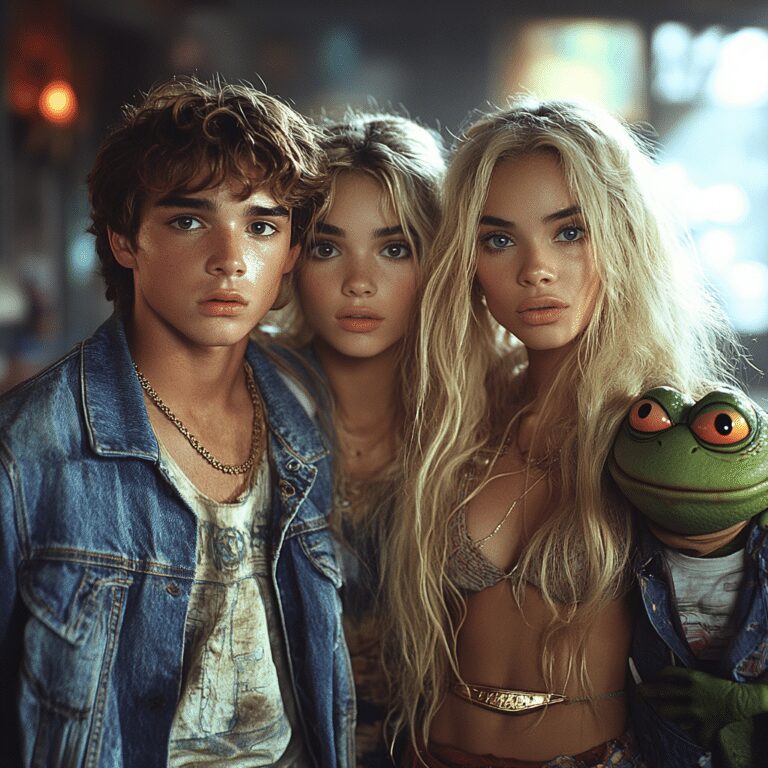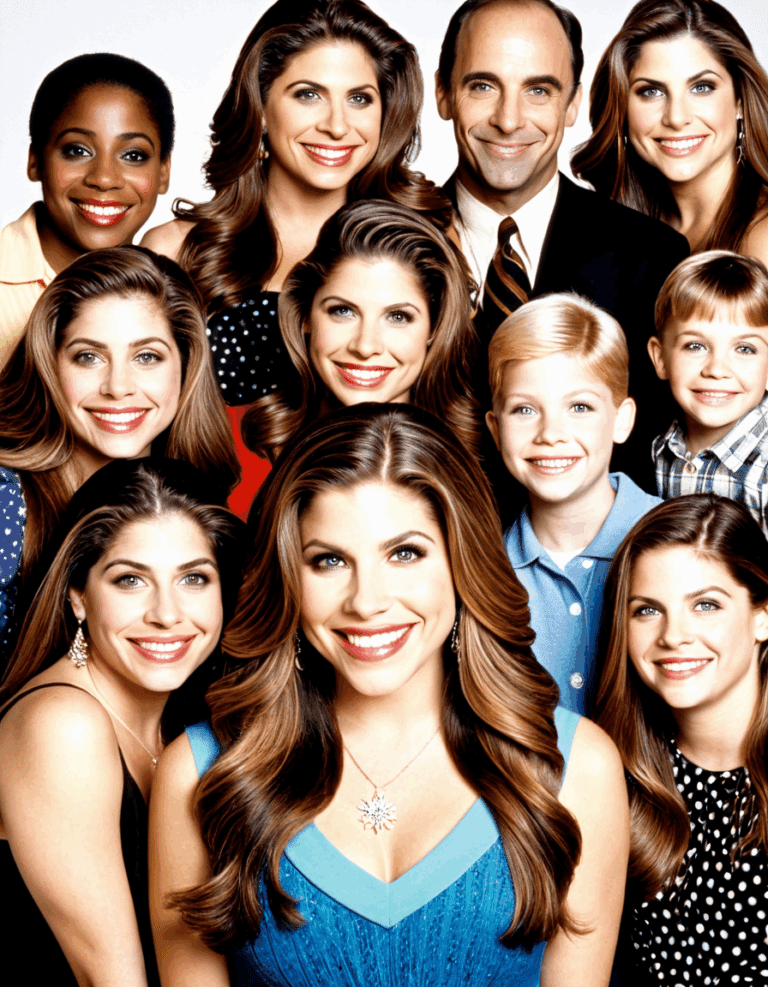Anita Bryant rode the wave of fame as a beauty queen and pop singer, but her legacy took a sharp turn that left her name etched in the contentious history of LGBTQ rights. In the late 1970s, she spearheaded the notorious “Save Our Children” campaign aimed at overturning a Miami law that protected LGBTQ individuals from discrimination. With her fiery rhetoric claiming to save family values, Bryant became a polarizing figure—despised by many but, in an ironic twist, unwittingly uniting a fragmented community.
So why is Anita Bryant still relevant in today’s LGBTQ discourse? Well, her actions reflect the societal battles that continue to resonate. Though claiming to protect children and families, her campaign sparked fierce backlash, mobilizing activists and eventually leading to significant advancements in LGBTQ rights. This backdrop makes for a story that’s as much about history as it is about how past grievances can shape future movements.

The Legacy of Anita Bryant in the LGBTQ Rights Movement
Anita Bryant’s legacy, for better or worse, is a vital chapter in the fight for LGBTQ equality. Initially celebrated in her career, she soon faced a whirlwind of resistance. The irony is palpable; while she set out to combat perceived threats to family structures, her actions unified a community that had been splintered for too long—transforming it into a force that demanded acceptance and civil rights.
Bryant’s campaign went beyond mere headlines; it ignited conversations around acceptance that we still have today. Her cries about protecting children were met with fierce pushback, revealing cracks in the public’s understanding of LGBTQ rights. Instead of backpedaling, many activists took a stand, sparking moments that shifted the tides toward acceptance. In many ways, Bryant’s efforts to rally conservative sentiments inadvertently built a robust foundation for a beautifully diverse movement.
Watching history unfold through the lens of Bryant’s actions reminds us that the fight for rights is neither static nor simple. It’s nuanced, filled with wins and losses that continuously shape our understanding of justice. Today, many use her story to highlight the importance of tolerance and the remarkable resilience of those fighting for equality.
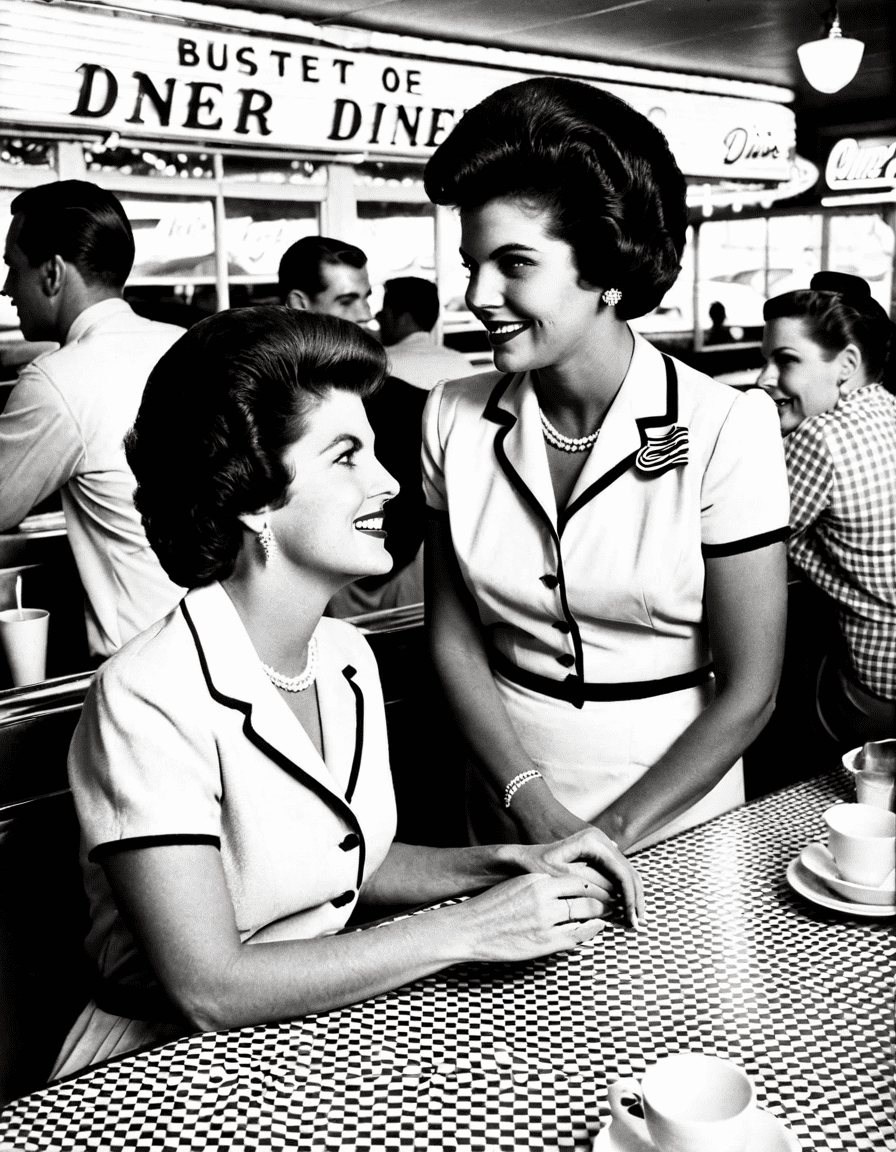
Five Key Moments in Anita Bryant’s Campaign Against LGBTQ Rights
When we talk about Anita Bryant, certain pivotal moments jump out like a neon sign—each shaping her narrative and pushing the LGBTQ community to the forefront. Here are five game-changing moments that defined her campaign:
The Psychological Impact on LGBTQ Icons: Reflecting on Figures Like Karen Carpenter and Mimi Rogers
Digging into Bryant’s controversial reign brings forth another layer: its psychological toll on LGBTQ icons. Considering figures like Karen Carpenter, Mimi Rogers, and Jennifer Carpenter offers a poignant glimpse into the mental battle many fought amid the public strife.
Generational Shifts: How Young Voices Like Molly Gordon are Shaping LGBTQ Representation
As the wheels of progress continue to turn, new voices like Molly Gordon are reshaping the landscape of LGBTQ representation in films and series. These younger stars bring a fresh approach that starkly contrasts with the narrow views once championed by figures like Anita Bryant.
Forward-Thinking Reflections: The Future of LGBTQ Rights Advocacy
As we forge ahead in the fight for LGBTQ rights, the legacy of Anita Bryant remains a reminder of how far we’ve come and the work that still lies ahead. The conversations ignited back in the 1970s have grown, leading us toward a broader understanding of civil rights and acceptance of diverse identities.
Historic figures like Bryant spur crucial discussions about acceptance, tolerance, and the importance of standing in solidarity. The path forward encourages not just reflection on past mistakes but also a call to foster a more inclusive future for everyone—one where love and acceptance trump division.
In a world constantly evolving, it’s heartening to see a future generation ready to champion LGBTQ rights more passionately than ever before. Let’s keep those conversations alive, spreading awareness and advocacy as we strive for a society where everyone feels accepted—no matter their identity. So, as we undoubtedly look back at figures like Anita Bryant, let’s also celebrate the vibrant voices shaping our present and future.
Anita Bryant: The Controversial Figure in LGBTQ Rights Debate
A Glimpse into Anita’s Background
Anita Bryant burst onto the national stage in the 1970s as a beauty queen and country singer, known for her iconic orange juice commercials. Her image as the wholesome “Florida Citrus Queen” helped her gain a significant following. However, her conservative views stirred up a firestorm that would have lasting implications on LGBTQ rights, sparking debates that echo in today’s discussions. Fun fact: Bryant’s life inspired the characters and antics in films, like the vibrant “Emperor’s New Groove,” where themes of acceptance clash against traditional values, mirroring her tumultuous life.
The Opposition and Pop Culture Impact
Bryant faced fierce opposition from the LGBTQ community, leading to various forms of protest and activism that transformed the landscape of American social politics. Interestingly, this era saw a boom in films and television that began addressing these issues more openly. For instance, the emotional depth displayed in classics, like the Hercules Disney cast, signifies a shift towards inclusivity in storytelling. Additionally, the backlash against her campaigns led to cultural phenomena, including slogans and parodies that remain relevant, much like the ongoing dialogues surrounding figures like Bianca Censori and the controversial constructs of celebrity culture.
The Legacy of Controversy
Although Anita Bryant’s public appearances have waned, her legacy continues to stir up discussions. Some view her as a staunch defender of traditional values, while others regard her as a figure emblematic of misunderstanding and prejudice. Films such as “White Noise,” touch upon the themes of societal polarization, shedding light on the contrasting perspectives that fueled Bryant’s rise and fall. Today, her story entwines with broader conversations about love and acceptance, still echoing in modern works featuring stars like Jaime Murray, who often portray characters caught in cultural rifts.
As we dive deeper into her life and its implications, it’s clear that Bryant isn’t just a relic of the past; her story resonates through the ages, influencing how we discuss identity in contemporary culture. If you’re looking for more riveting insights into the cinematic reflections of societal issues, consider checking out free Movies that showcase these experiences!
